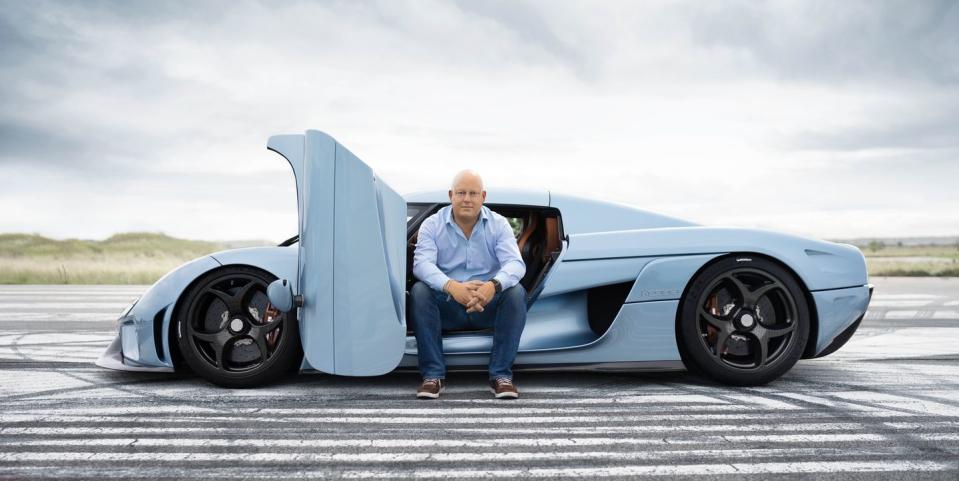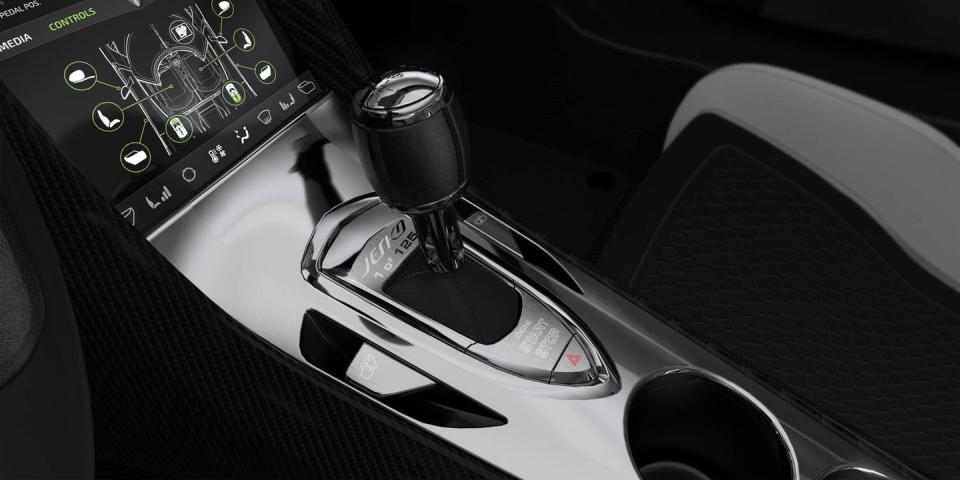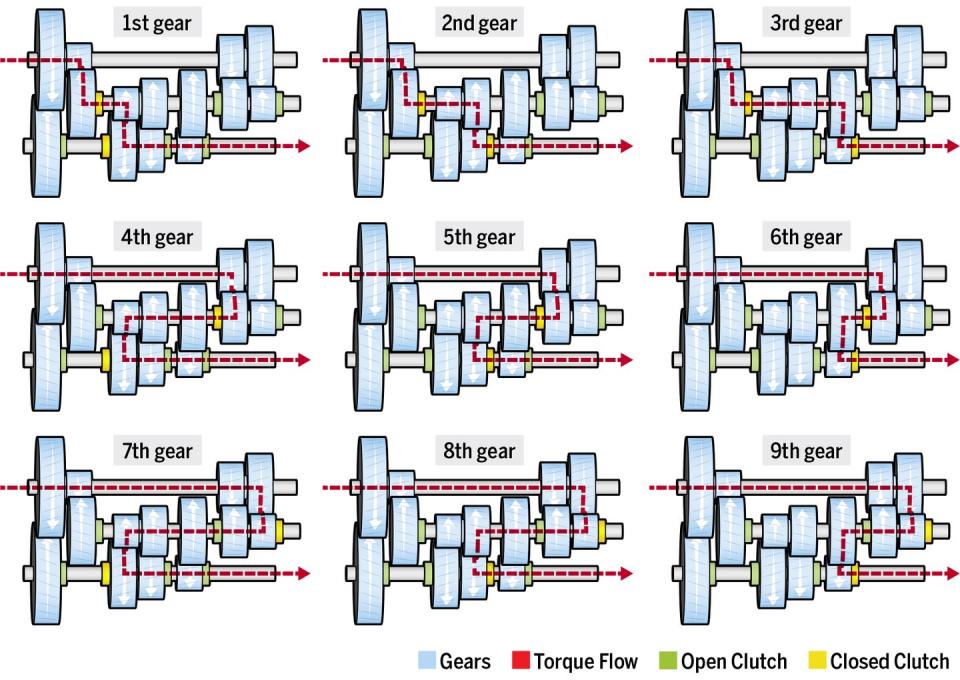Koenigsegg's New Light Speed Transmission Promises Ultraquick Shifts

Christian von Koenigsegg's latest automotive peacock, the Jesko, makes 1603 horsepower and reportedly breaks 300 mph. What's faster? Its Light Speed Transmission (LST), for one. That name is used as a figure of speech and not a technical claim, though we're told the transmission's shifts are superquick even by today's norms. Koenigsegg says the gearbox can jump between any two ratios in just two milliseconds. To accomplish that, the LST combines elements of conventional automatic and manual transmissions to create a nine-speed automatic unlike anything we've seen before.

In the simplest terms, the LST is essentially two three-speed transmissions arranged in series. Think of a bicycle with three gears at the crank and three at the rear wheel and you've got the basic principle. There is no torque converter or other coupling between the engine and gearbox. Instead, the transmission's input shaft is directly mated to the engine's crankshaft, with the inertia of the transmission's rotating bits acting as a flywheel to smooth the flat-plane-crank V-8's lumpy torque delivery.
Its shift-speed advantage primarily stems from two factors. While most automatics lack the ability to make direct non-sequential shifts, the LST can make any gear change with a single shift. Additionally, every clutch in the LST has its own pressure sensor, which is unusual for a production-car transmission. These sensors allow the LST to shift based on real-time parameters instead of relying on inferred data and complex algorithms, which tend to be slower and less precise. The sensors also improve low-speed control during throttle tip-in from a stop, a common weakness of automated manuals and dual-clutch automatics.
Light But Inefficient
Koenigsegg claims that the LST weighs just 198 pounds with all necessary fluids, making it lighter than many modern dual-clutch automatics. The LST's ratio spread is on par with those of today's automatics, but unlike those transmissions, which may have the necessary gearing but not the bearing durability, the LST can support a 300-plus-mph top speed, according to Koenigsegg. The top gear is a moderate overdrive at 0.66:1.
Don't expect to find an LST in your next compact crossover. Open clutches are inefficient. Ford's 10-speed automatic leaves just two of its six clutches open at any given time; the Koenigsegg leaves five unused. But a little inefficiency isn't a deal breaker for the Jesko, a car with 1106 pound-feet of torque. While the Light Speed name is figurative, Koenigsegg's track record suggests that this transmission deserves the hyperbole. Sadly, most of us will never know. The company plans to build only 125 Jeskos.

How it Works
The LST has eight hydraulic clutches—six for the forward gearsets, one for reverse, and one for the limited-slip diff (not shown). For the car to move forward, two clutches engage the countershaft (the middle shaft in the illustrations) and the output shaft (the bottom one). The red lines show the torque path from the engine to the differential. Taking off from a stop requires slipping a clutch.
From the September 2019 issue.
You Might Also Like

 Yahoo Autos
Yahoo Autos 